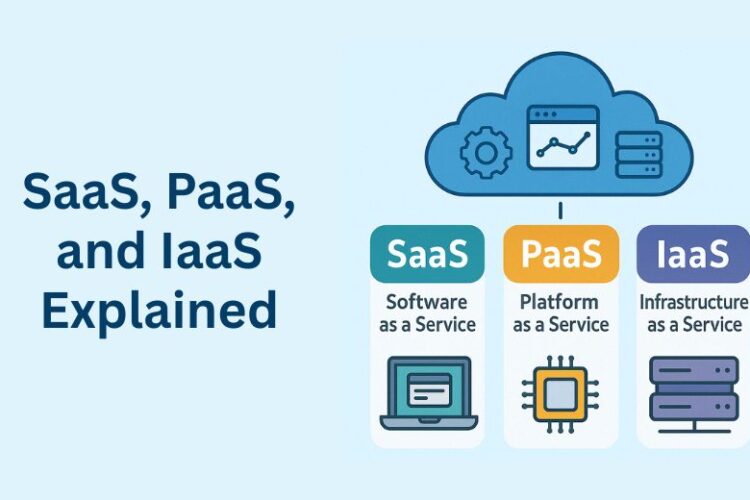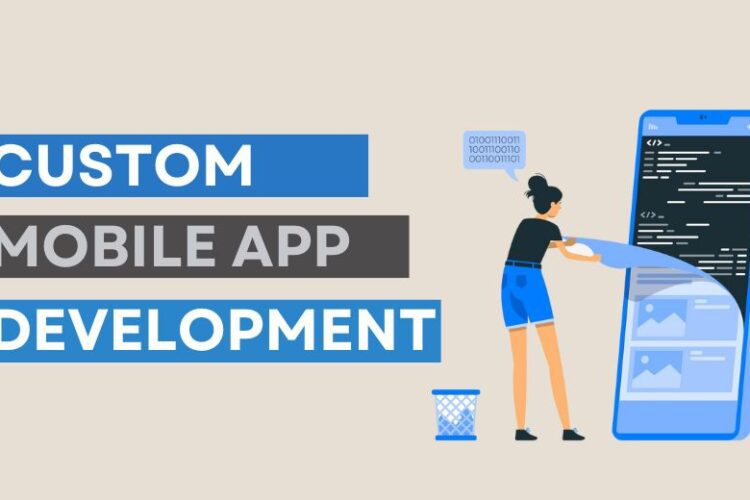Mobile applications have become the need of the hour for businesses. If you want to enhance your business, then you should develop a mobile application for your business. However, it is not an easy task and requires proper planning and execution.
Many factors affect the success of mobile apps. Careful strategic consideration is needed to ensure that your app will be successful. Mobile app development is a serious investment for any business owner. But it’s also a necessary one, especially if you want to stay competitive. Get in touch with Zoomintoweb which is one of the best Mobile App Development Company in Delhi.
Here are 10 things that you need to know before developing an app for your business:
Budget

Are you thinking about developing a mobile app?
If so, the first thing you should do is figure out your budget.
First, you need to decide if you want a native app or a web app. Native apps are usually more expensive to develop, but they also provide a better user experience and load faster. To cut costs, you can either use a template or develop your own custom design.
Next, you need to consider how many people will be working on your project. One great way to cut down on costs is to use remote developers from abroad—they may not be as experienced as local developers but they’ll cost less.
Selecting the Right platform
Do you want to build a mobile application for your business? If yes, you should first decide whether you are going to develop a single platform app or a cross-platform app. Basically, cross-platform applications are those applications that can be used on different operating systems like Android and iOS.
Single Platform App Development
The single platform applications are those apps that can be used on only one operating system. For example, if you develop an app for the android operating system then it will not work on the iOS operating system and vice versa. The main advantage of single platform development is that it is cheaper as compared to cross-platform development. On the other hand, if you have developed an app for only one operating system then you need to develop another application for another operating system which will increase your cost. Another disadvantage of developing a single platform app is that you cannot target all users who have different devices with different OS.
Cross-Platform App Development
Cross-Platform Applications are those apps that can be used on any operating system without any problem. It means that if you developed an application in React Native then the same application can be used.
The database should be Fast and reliable
What do you think of when you hear the word “database”?
If you’re like most people, you probably think of boring spreadsheets and big numbers. But we’re here to tell you that databases are so much more.
Databases are what allow us to have fast and reliable websites, with good performance and a smooth, efficient user experience. Databases are everywhere, working their magic behind the scenes—they even affect which ads pop up on social media.
We believe that a fast and reliable database is the foundation of any good app. We understand that you need to be able to rely on your data, and we are dedicated to making sure that your data is not just safe but secure. Our databases are built for speed and efficiency, allowing you to focus on what matters most: building an amazing user experience for your clients.
Security

You should always be careful with your location, passwords, and bank account details. This is useful information when you are in a mobile application development phase.
As you know, mobile development is a booming industry. And as you may also know, with great booming comes great responsibility.
Not only do we should build the best app possible for your users, but we also want to ensure that they feel secure and protected while using it. And so we’ve developed a security protocol that will help users feel safe and sound while they’re downloading and using your app.
User interface

The user interface is the most important part of any mobile app. An attractive and easy-to-use mobile app user interface can easily attract more customers. The quality of the mobile app user interface depends on the development team’s efforts, skills, creativity, and hard work. A good user interface greatly enhances the experience of a mobile app user.
Know your audience

When it comes to mobile app development, it is important to know your audience. There are many types of developers, some who specialize in iOS and others who focus on Android. Good app development requires understanding your audience.
The target audience for a mobile app developer is other businesses. They might also have individual customers who have specific needs (like a certain mobile app) but the majority of their clients are going to be businesses looking to expand or improve their online presence.
Mobile app development is a specialized field, so the audience for these services is going to be limited. They should expect a fairly small pool of potential customers and should make sure that the people they target are likely to already be interested in their services.
Color theme
The color scheme for mobile app development is very important because it can affect how users interact with the application. If your colors are too bright then people might get irritated easily which could lead them away from using your app altogether. It would also be better if there were different colors depending on what kind of information needs highlighting so that users know where their attention should go first (e.g., green for text).
It is important that you select colors that will not clash with one another and make it hard to see text or images in your app. Also, do not choose colors that are too light because they will blend in with each other and create an unappealing appearance. Make sure that all of these factors work together so that they do not distract from what you want to communicate through your product!
Orientation of the mobile app
The first thing we want to make sure you’re aware of is the screen’s orientation. For most mobile devices, the screen can be presented in one of two ways: landscape or portrait. Landscape mode is when the screen is wider than it is tall, and portrait mode is when the screen is taller than it is wide.
To decide which orientation you want to use, it’s best to consider the content of your mobile app. If you’re designing a game or an app with a lot of text, it might be better to set up for landscape orientation so that there’s more room on the screen for your content. If your mobile app contains images or graphics that are more vertical in nature, then portrait orientation would be a better fit.
After some consideration, you should have a pretty good idea of what kind of orientation you want to use, but don’t worry! You can always go back and change the orientation if needed once you start creating the UI elements in your app.
Choose between native, web app, hybrid
If you are looking to develop a mobile application you ultimately have to choose between native, web, and hybrid development. The difference between these three types of development is quite simple:
– Native apps are written in the language of the operating system they are developed for. You will need to write separate versions using different languages for each system. For example, if you wanted to build an app for both iOS and Android you would need to write it in Objective-C or Swift for iOS and Java for Android. Building separate versions of your app can be costly because it requires additional resources.
– Web apps are written in web languages like HTML5, CSS, and JavaScript. This means that your app can work on any device that has a web browser, as long as it has an internet connection. However, if you want your users to be able to access your app offline (without an internet connection), this may not be the best option.
– Hybrid apps fall somewhere in between native apps and web apps. They use a combination of technologies such as HTML5 and CSS3 with a native app wrapper on the outside. There are many advantages to developing a hybrid app over a native one but some experts say that it can lead to slower performance because the software is emulated within.
Testing

Testing mobile app development ensures that all the bugs and errors are fixed, and the final product is free from all sorts of technical glitches. It also helps you see if your app runs smoothly on different operating systems and devices.
Mobile app testing is crucial before the app is put out in the market or launched for a target audience. If you do not test your app properly, it can lead to various issues, such as poor user experience, low rate of downloads, bad reviews about the app, and other significant problems that can affect your business negatively.
Lastly, The process of developing a mobile app can be complicated. There are many things to consider, from initial brainstorming and the development process through to the final stages of testing and deployment. We hope this guide has given you a high-level overview of the steps you should take in order to create an app that will delight your customers.




